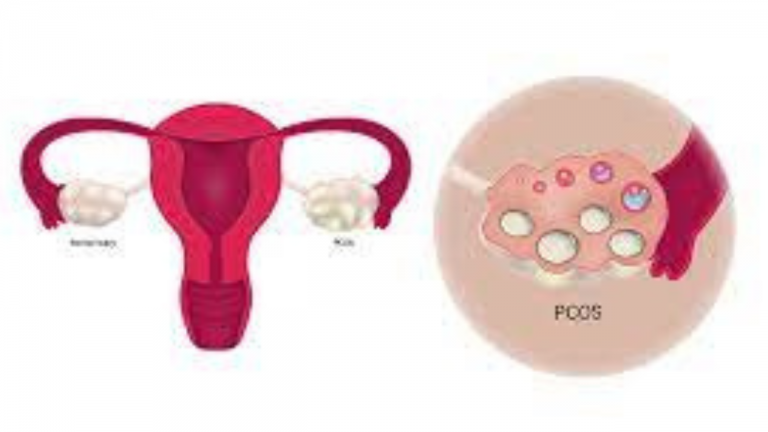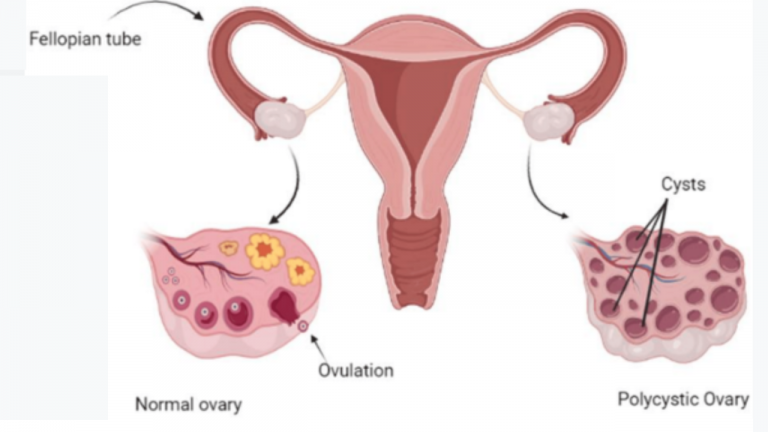Yoga For Hormone Balance

Yoga can be a valuable tool for promoting hormone balance and supporting overall endocrine health. Here are some yoga practices and poses that are particularly beneficial for hormone balance:
Pranayama (Breathwork): Deep breathing exercises like Dirga Pranayama (Three-Part Breath) and Nadi Shodhana (Alternate Nostril Breathing) can help reduce stress, calm the nervous system, and regulate hormone production.
Meditation: Mindfulness meditation and guided relaxation practices can help reduce stress and promote emotional well-being, which can have a positive impact on hormone balance.
Forward Bends: Gentle forward bending poses like Seated Forward Fold (Paschimottanasana) and Wide-Legged Forward Fold (Prasarita Padottanasana) can stimulate the abdominal organs and encourage relaxation.
Backbends: Backbending poses like Cobra Pose (Bhujangasana) and Bridge Pose (Setu Bandhasana) can stimulate the thyroid and pituitary glands, which play a crucial role in hormone regulation.
Twists: Twisting poses like Seated Spinal Twist (Ardha Matsyendrasana) and Revolved Triangle Pose (Parivrtta Trikonasana) can help improve digestion and stimulate the reproductive organs.
Balancing Poses: Standing balancing poses like Tree Pose (Vrksasana) and Warrior III (Virabhadrasana III) require focus and concentration, helping to reduce stress and promote hormone balance.
Inversions: Gentle inversions like Legs Up the Wall (Viparita Karani) can improve blood circulation to the pelvic region and support hormonal health.
Restorative Yoga: Restorative poses like Supported Reclining Bound Angle Pose (Supta Baddha Konasana) and Supported Child’s Pose (Balasana) promote deep relaxation and stress reduction.
Butterfly Pose (Baddha Konasana): This pose specifically targets the pelvic region and can help stimulate the reproductive organs.
Corpse Pose (Savasana): Savasana at the end of your yoga practice allows your body to integrate the benefits of the practice and promote overall relaxation.
Regular practice of yoga, combined with a healthy lifestyle that includes a balanced diet, sufficient sleep, and stress management, can contribute to hormone balance. However, yoga should be viewed as a complement to, not a substitute for, medical treatment. If you have specific hormonal concerns or medical conditions, consult a healthcare provider for personalized guidance and treatment. A certified yoga instructor can also help tailor a yoga practice to your individual needs and goals.



